3 Motion Offense Drills: How To Teach Screening & Cutting
Below is an excellent video for teaching your team how to utilize screens in your motion offense.
The specific situation covered in this drill is passing then screening away.
Tim Schuring presents three options for the player receiving the screen.
And as you will see, the teaching is phenomenal. It's one of the best videos out there detailing how to set and attack screens.
Set Up and Instructions:
Drill Setup:
The drill starts with a player on the top of the key, a player on the right wing, and a player on the left wing.
A fourth player is behind the player on the top of the key. This player is just a designated passer. It could also be a coach or manager.
Both people at the top of the key start with a basketball.
|
Variation 1: Blast Cut 1 passes to 3, then 1 immediately sets a screen for 2. 2 utilizes a blast cut to the fill the top of the key. 1 fills the left wing. |
|
|
3 passes to 2. 2 passes to 1. |
|
|
2 screens for 3. 3 blast cuts to the top of the key. 1 passes the ball to 3. 3 shoots. 2 shapes up. 4 passes the ball to 2. 2 shoots. |
|
|
Variation 2: Curl Cut 1 passes to 3, then 1 immediately sets a screen for 2. 2 utilizes a curl cut. 2 cuts to the basket then fills the left wing. 1 shapes up to fill the top of the key. |
|
|
3 passes to 1. 1 passes to 2. |
|
|
1 screens for 3. 3 curl cuts to the basket. 2 passes the ball to 3. 3 shoots. 1 shapes up. 4 passes the ball to 1. 1 shoots. |
|
|
Variation 3: Backdoor Cut 1 passes to 3, then 1 immediately sets a screen for 2. 2 utilizes a backdoor cut. 2 cuts to the basket then fills the left wing. 1 shapes up to fill the top of the key. |
|
|
3 passes to 1. 1 passes to 2. |
|
|
1 screens for 3. 3 backdoor cuts. 2 passes the ball to 3. 3 shoots. 1 shapes up. 4 passes the ball to 1. 1 shoots. |
|
Drill Tips:
- Rotate counter clockwise / To the right
After drill is finished, the next group starts. The players who just completed the drill rotate counter clockwise or to the right.
- Get the ball reversed quickly
As Coach Schuring said, you want to get the ball reversed quickly. By passing the ball quickly, the defense will have more space to cover in less time. This will create a bunch of mini offensive advantages for you.
Screener Tips:
As Tim Schuring says, if you want open shots, set good screens. By setting good screens, the screener is often the one open for shots.
- Fake cut to rim before screening away
To get a better angle on the screen, you should fake a cut towards the rim and slightly towards the player with the ball. This will be one to two steps towards the basket.
- Sprint to screen
By sprinting to the screen, it gives the defense less time to react. This makes you harder to guard. It also makes it harder for the defensive player to get in position quick enough to defend the screen properly.
Coach Schuring doesn't encourage you to raise your hands to set screens. He wants you to just focus on setting a solid screen.
- Roll or shape up after cutter clears
After the cutter clears the screen, you (the screener) cuts to the ball or rolls to the basket. By waiting until the cutter clears, this also helps you (the screener) recognize which space is open.
- Immediately square chest to ball on shape up
If you (the screener) choose to shape up, immediately pivot and square your chest to the passer. This puts you in an ideal position to see both the defense and the ball.
Before you even receive the pass, this helps you make decisions quicker by recognizing if you should shoot, drive, or pass. Quicker decisions often lead to better scoring opportunities.
Cutter Tips:
- Get one foot below the screen
By getting below the screen, this helps set up the defender. Now when you cut, the defender has to make a choice to run into the screen or run around the screen. Both situations create more space for you.
- Change speeds and explode off screen
As Coach Schuring says, it doesn't matter if you jog or walk down. It's just important to change speeds. It's probably even smart, to mix up your approach speed to keep the defender off balance.
Once you get below the screen, EXPLODE out of the cut. This change of pace makes it very difficult for the defender to react in time. And if they cheat or overplay one direction, you can cut the opposite way.
- Rub your shoulder to hip of screener / Touch screener's calf muscle
By rubbing your shoulder against the screener's hip, this creates little space for the defender to slide through. This forces them to go around or get caught on the screen.
Also, by getting low and touching the screener's calf, this makes it harder for the defender to push you off of your cutting path.
- Time the cut so the screener is not waiting
You want to time the cut, so the screener is not waiting. You want to explode off the screen as soon as the screener tops. This gives the defender less time to react.
Backdoor Cut Tips:
- Top shoulder above screener's top shoulder
You want to get your top shoulder above the screener's top shoulder. By forcing the defense higher, this does two things. It creates more time for the passer to recognize the cut. It gives the passer more space to make the pass. Thus, you will get more opportunities to score when you are open.
- Backdoor cut - trigger to shape up
As mentioned, when the cutter goes backdoor, this is an automatic trigger for the screener to shape up. That way, you (the screener) can immediately cut to the ball. This forces the defense into a difficult decision. Does the help defender stay with the player who cut backdoor or do they rush out to guard you? It's very difficult to stop both options.
Want More Tips & Drills To Teach Your Offense
If you want more drills and tips on how to exactly teach your offense to youth teams and high school teams, check out:
The Complete Offensive System with Tim Schuring
The DVDs and eBooks include a step by step process for teaching motion offense, transition offense, secondary break, set plays, out of bounds plays, press breakers, and zone offense.
For those of you who coach 8 to 14 year olds, The Youth Coaching System with Jim Huber is also a great resource. It's a comprehensive coaching system that includes 64 Practice Plans, Offense, Defense, Skill Development, Coaching Philosophy, and More!
What do you think? Let us know by leaving your comments, suggestions, and questions...
|
||||||||||||||||||||||||||||||||||

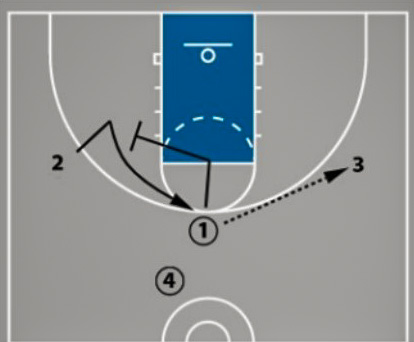
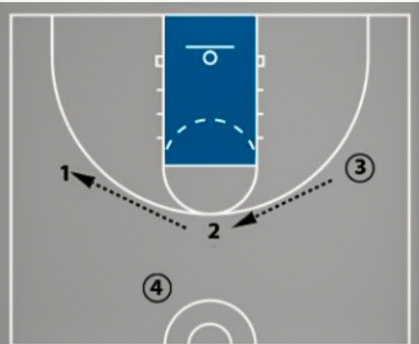
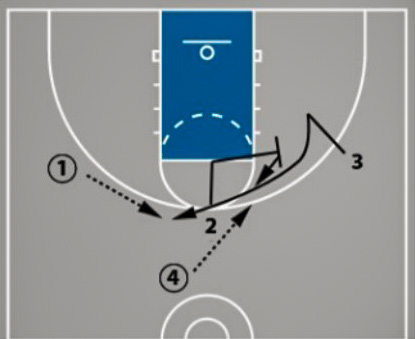
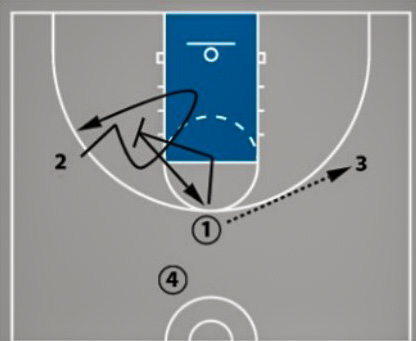
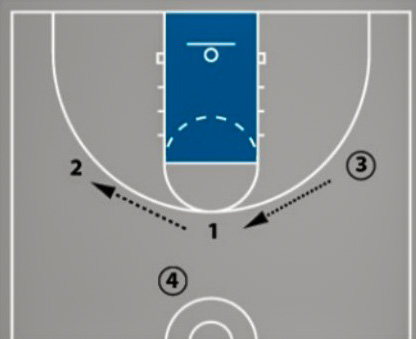
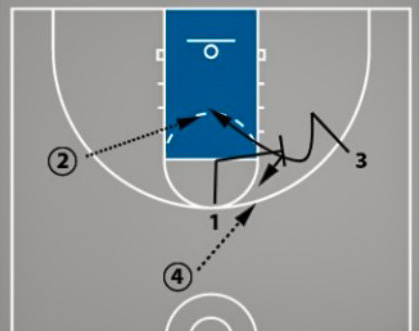
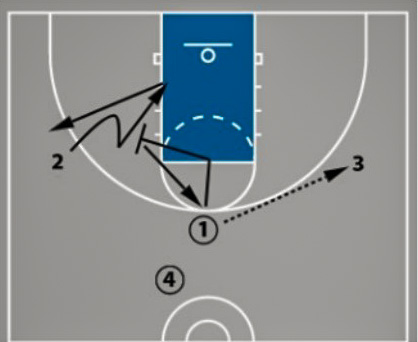
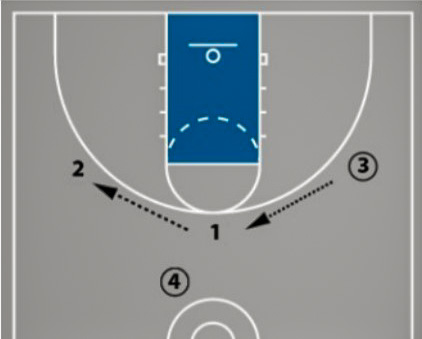
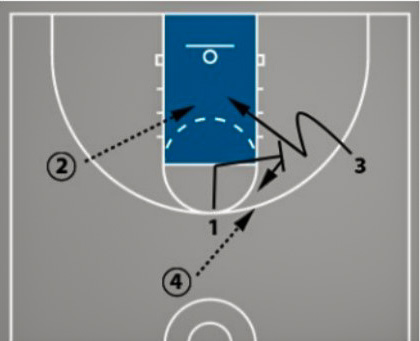


 Facebook (76k Likes)
Facebook (76k Likes) YouTube (85k Subscribers)
YouTube (85k Subscribers) Twitter (26k Followers)
Twitter (26k Followers) Q&A Forum
Q&A Forum Podcasts
Podcasts